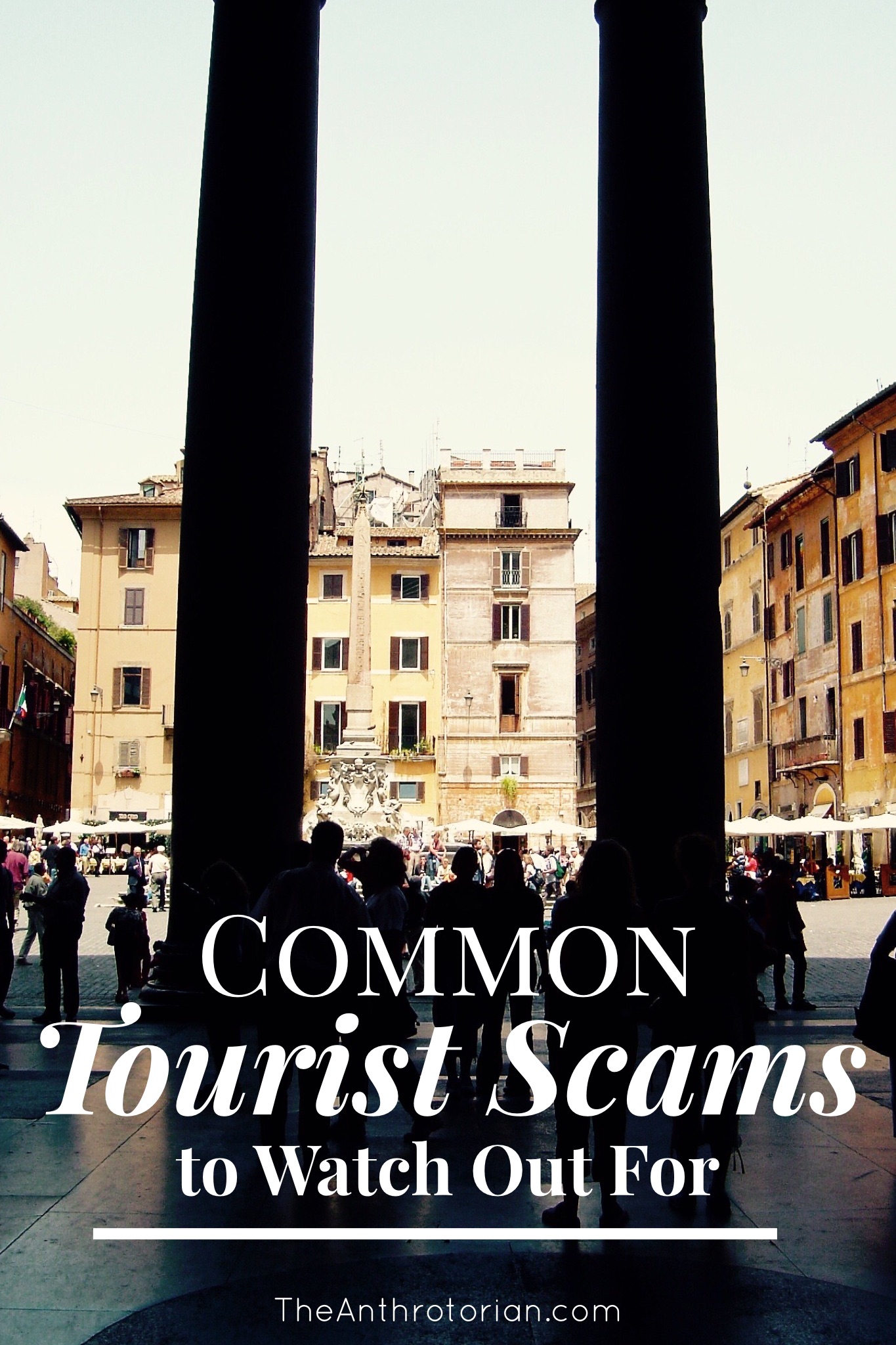Antoni Gaudi, one of the world’s most famous Modernist Architects, combined Gothic influences with inspiration from nature and innovative materials to create the marvelous Park Guell, located on a hill at the northern edge of Gracia in Barcelona.
Known for creating structures that are hard to fathom even in this day and age, his plans for the public park were so unusual for his time that he rolled up his sleeves and worked alongside the craftsmen to ensure that his vision was correctly executed.
The park was completed and open to the public in 1923.
Now a UNESCO World Heritage Site, Park Guell is a symphony of color and form. The most eye-catching element of the park is by far the surreal, abstract mosaics that cover fountains, walls, staircases, rooftops and more.
One of the most recognized structural elements is the serpentine bench that winds its way along the edge of the Hall of One Hundred Columns, originally built to be the location for a community market.
The seat of the bench was built to ‘cradle the buttocks’, and it is rumored that when constructing it Gaudi had one of the workers sit bare-assed in the wet cement to add that anatomically correct "touch." (Lovely to think about as you sit sunning yourself on it).
“the most eye-catching element of the park is by far the surreal, abstract mosaics that cover fountains, walls, staircases, rooftops and more”
The thousands of multicolored mosaics of flowers, geometric patterns and the odd religious symbol that cover this well loved Barcelonian monument were made by re-using broken ceramic remnants from local pottery workshops.











